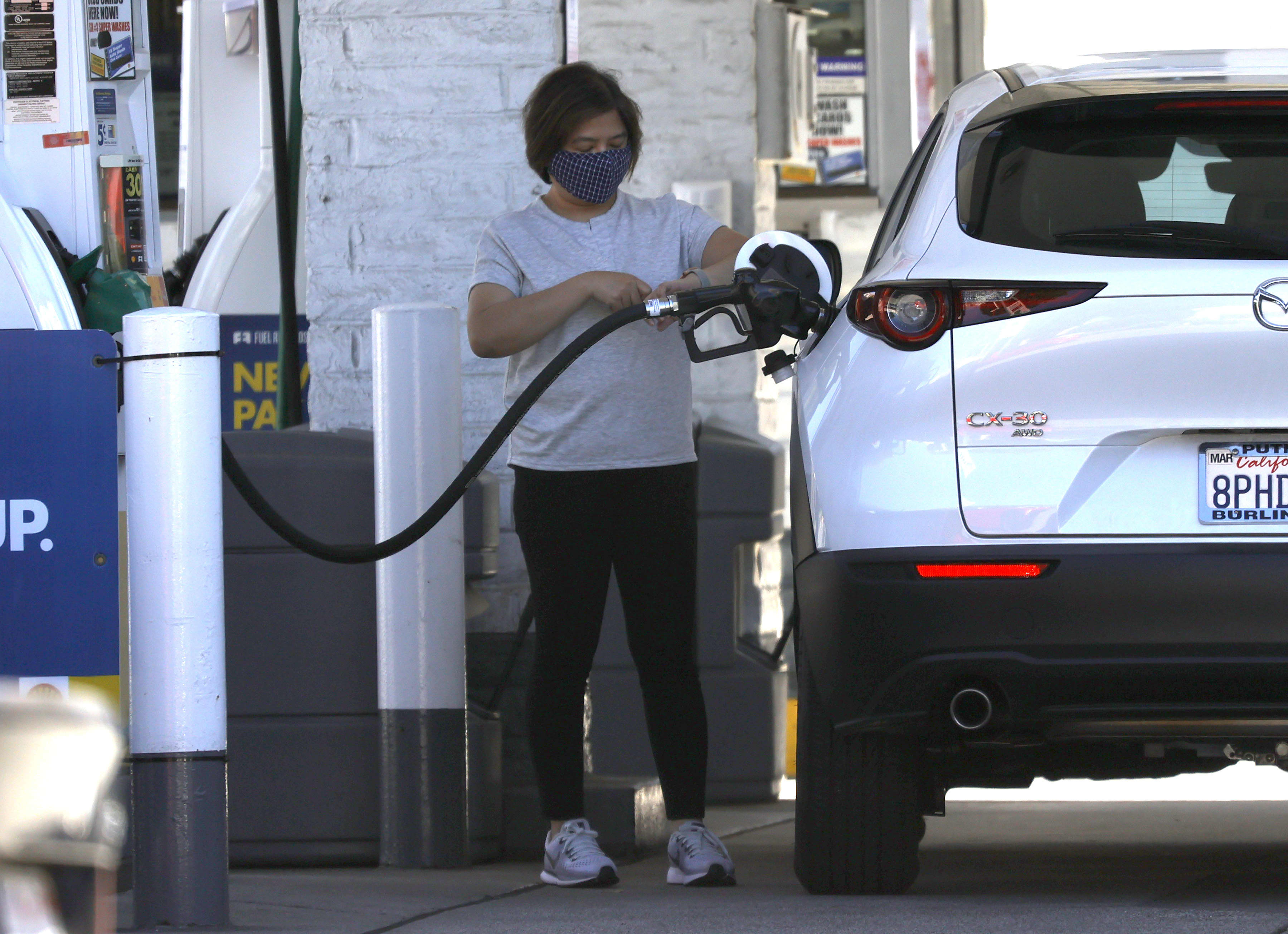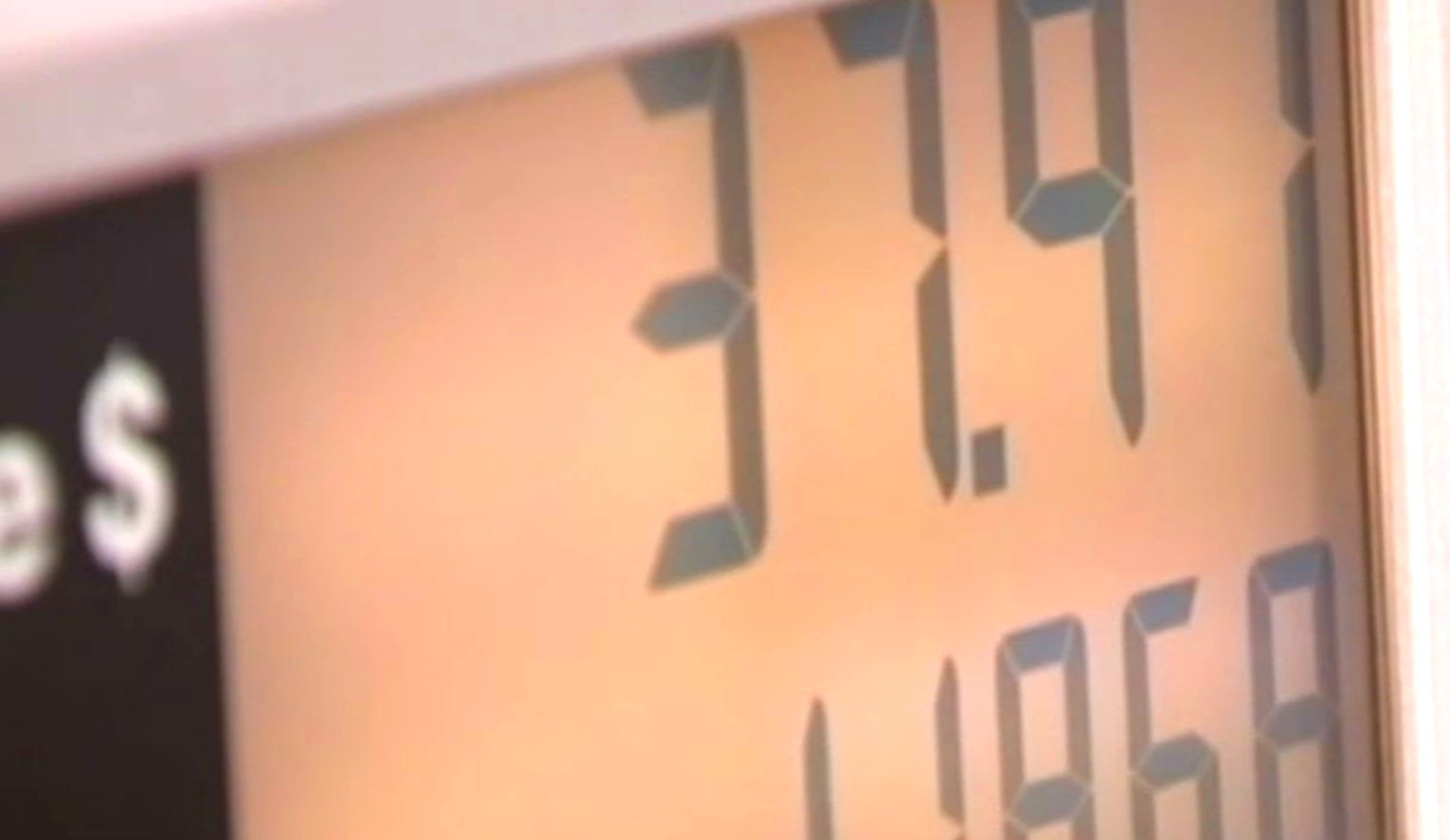The slow recovery from the pandemic is putting pressure on people at gas pumps according to AAA, with gasoline prices on the rise by the week.
"It's a bit ridiculous because we have to drive so far to go to work. For me as a medical assistant it's a lot of money at the end of the month,” said Eliani Caetano, who shares a car with her husband to save on gas.
Frank Lacroix was fueling his hybrid sedan at a station in Framingham Monday night where he noticed premium level gasoline was over $4.
"I haven't seen that in a long time,” he said.
Thierno Sall is back on the road commuting to school after last year’s remote learning and has noticed more people out driving.
“Since I'm driving to school a lot more frequently, like every two to three days, I'm paying $40 to fill up my tank and then do it again two times a week,” he noted.
AAA assured there is no shortage of fuel in the U.S., saying it has much to do with production.
"The major oil producing nations, OPEC, indicated that they 're not necessarily interested in increasing production very much so that's sending ripples through the markets,” said AAA Northeast spokesman Mark Schieldrop.
AAA points to three factors for an increase in gas prices: demand going up, supply going down, and the price of a barrel of oil remaining high.
At this time last year in Massachusetts, a gallon of regular unleaded gasoline averaged $2.10; last month it was at $3.09; a week ago it hit $3.27, and now the average price stands at $3.35.
"So that's going to cause an increase in the price of our home goods, our utilities and you name it, anything with a dollar value,” said Schieldrop. “If fuel prices go up and stay up we could see a ripple effect throughout our entire budget."
More on Gas Prices
Driving a small 12-gallon sedan using regular gas will on average cost drivers about $10 more than last year to go from Boston to New York City. Traveling to Washington, D.C., one can expect to pay an extra $22. Even a trip to neighboring Portland, Maine, will cost a driver about $5 dollars more.
AAA also offered some tips to increase fuel economy. Ease off on the pedals; the more one hits the gas, or the harder one hits the breaks, the more gasoline is wasted. Also, check the air pressure in your tires, under inflated tires will cost more at the pump.



